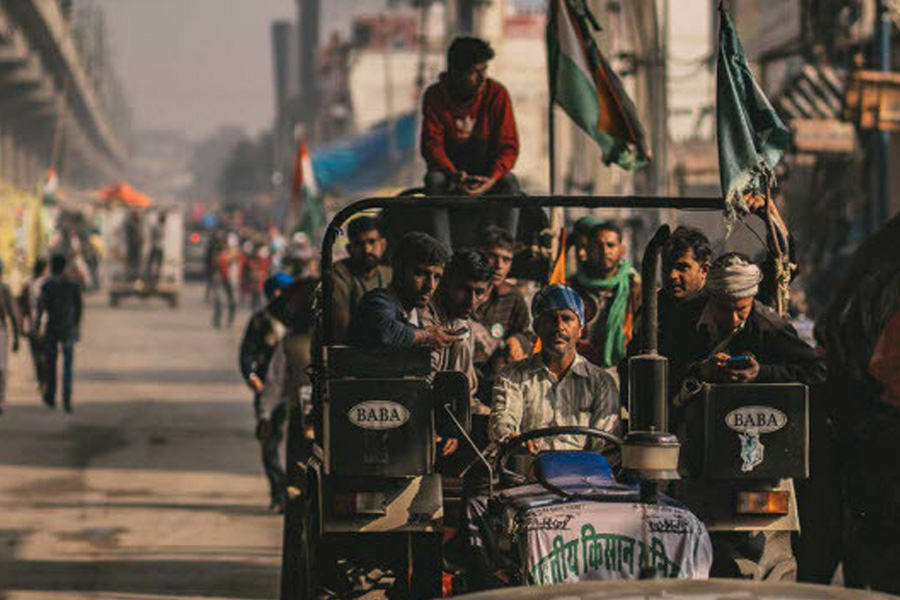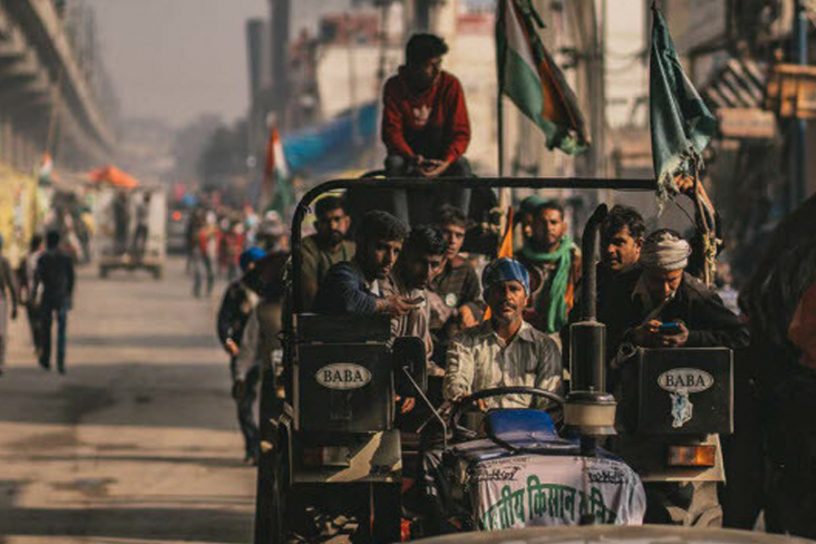
In this paper, the researchers argue that legitimacy is not determined or shaped in or for perpetuity; it is constantly shifting, and its coordinates need analytical attentiveness and reinterpretation.
Authors
Upasana Mahanta, Professor, Jindal Global Law School, O.P. Jindal Global University, Sonipat, Haryana, India.
Gargi Bharadwaj, Associate Professor, Jindal School of Liberal Arts and Humanities, O.P. Jindal Global University, Sonipat, Haryana, India.
Summary
Our article focuses on the farmers’ protests, one of the longest sets of protests in independent India (September 2020 – December 2021). Indian farmers carried out an arduous protest movement on the borders of the nation’s capital, New Delhi, against the three farm laws passed by the Parliament under the ruling right-wing government of the Bhartiya Janta Party (BJP).
These laws, which claimed to liberalize India’s agricultural markets and encourage contract farming, were perceived by farmers and farmer organizations as an attempt to corporatize Indian agriculture, threatening the farmers’ livelihoods and autonomy. We examine three animative scenarios staged as part of their demands to repeal the farm laws- first, farmers’ demonstrating in bitter cold – living in temporary tenements, sharing food and stories; second, the violent clashes that unfolded on January 26, 2021 eroding support for the movement; and finally, farm leader Tikait’s emotional breakdown on national television, which infused fresh calls for solidarity and strength into the movement.
We cite these events to draw attention to the embedded structures of inequality that pervade contemporary protests, rehearsing historical communitarian and democratic ethics in the present moment. We see these scenarios as offering an expansive vocabulary of dissent that must be accounted for in any contextual analysis of contemporary protests. We engage with questions of ‘perceived’ legitimacy to ask if there is an acceptable way of protesting.
What motivates people to extend their support and solidarity? What determines the grounds of a movement’s legitimacy: claims made, or the manner in which they are performed or perceived? We argue that legitimacy is not determined or shaped in or for perpetuity; it is constantly shifting, and its coordinates need analytical attentiveness and reinterpretation.
Published in: Performance Research
To read the full article, please click here.


